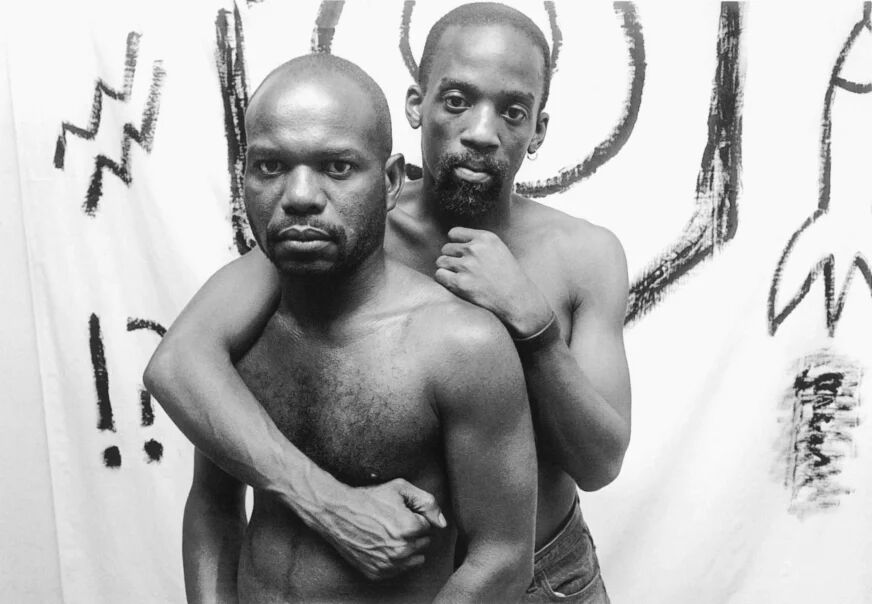
The following is an excerpt from The Queer Film Guide by Kyle Turner, a new book that highlights the 100 greatest and most important LGBTQ+ films throughout the history of cinema. In this excerpt, Turner reflects on 1989’s Tongues Untied, a controversial and groundbreaking documentary about Black queer love and sexuality.
Marlon Riggs, the filmmaker, poet, activist, and performer, was nothing less than a miracle; an artist who blended forms and styles with an uncompromising mix of joy, fury, and humor, unearthing issues of Blackness and queerness in ways that had never been done before.
One could describe his works as essay films, nonfiction movies that broke from traditional narrative convention, which didn’t deal in just talking heads, and instead roved around from subject to subject with an overarching thesis.
But what made Riggs’ work, particularly Tongues Untied, extraordinary was his ability to blend an essayistic quality with the immediacy and viscerality of film.
In Tongues Untied, Riggs burrows into his past and its connection to the social, cultural, and political past of Blackness and queerness, from its erasure by white institutions to its survival within Black and queer communities.
As often as Riggs indicts the racist and homophobic society we exist in, he, too, is able to find the vulnerability and realness that constantly must fight against it. He cuts between direct address and slam poetry, interviews, act outs, a collage of clips and sketches, examining a convention of silence that winnows itself through culture and subculture.
Riggs, working with poet Essex Hemphill, engages with the thorny issues of the cratering lack of images and representation of Blackness within the gay community and homophobia in cultures of Blackness, both suffering at the hands of white supremacy.
The repetition of certain phrases (“Brother to brother,” “Now we think as we f*ck”) begins to sound like
a desperate heartbeat. Tongues Untied feels especially wrought with intensity as it explores HIV/AIDS
and Riggs’ life as a person living with HIV.
With these components compounding one another in a world that is hostile to any and all of them, how does one find love and safety? Perhaps it is found in community, like the vogueing ballrooms where every fierce gesture is armor and sword, the framing of one’s face iconography and shield, and each snap of a finger sound and fury. Perhaps it is found in love, loving Black men.
QUEERVIEW MIRROR: The airing of Tongues United ignited considerable homophobic and racist backlash, including from politicians such as Pat Buchanan, but producers at POV and PBS defended the choice to broadcast Riggs’ work.
MORE TO SEE: Riggs’ final film, Black Is… Black Ain’t (1995), which explores the limitlessness of Black identity.
In The Queer Film Guide, each selection is accompanied by striking illustrations by Andy Warren, which you can preview below:

About The Queer Film Guide:
Beginning with early trailblazers like Different from the Others, Kyle Turner has selected 100 of cinema’s greatest queer films to guide you through the eras. From Hitchcock’s Rope and cult classic The Rocky Horror Picture Show through the New Queer Cinema movement of the 90s to the present day, where LGBTQIA+ narratives have increasingly made their way into the mainstream and dominated award seasons with films like Carol, Tangerine, and Moonlight.
From scrappy auteurs to Academy Award winners, The Queer Film Guide celebrates LGBTQIA+ stories and artists, offering a fresh take on what defines great cinema, and lending a voice to the diverse creators and characters who have shaped the artform.
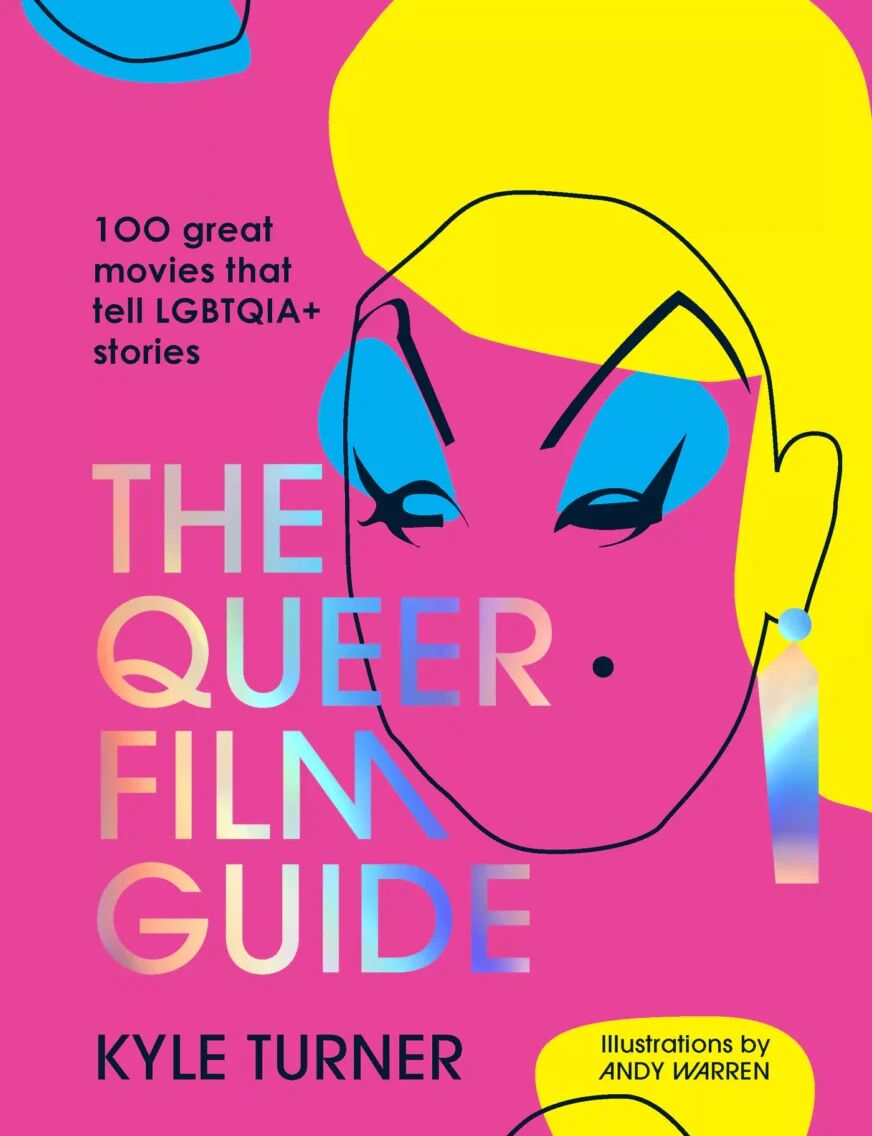
Kyle Turner is a writer and editor based in Brooklyn, who writes on films old and new, queer cinema and music videos. He is particularly interested in queerness and sexuality in pop culture, and the way in which desire manifests on screen and shapes audience desire. He is a contributor to Paste Magazine and his writing has appeared in The New York Times, The Village Voice, Slate, Playboy.com, GQ, NPR, Teen Vogue, and elsewhere.
The Queer Film Guide hits shelves today, May 16, and is available to order through publisher Smith Street Books.

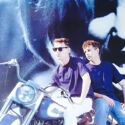












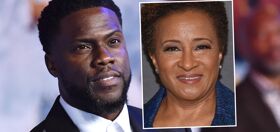
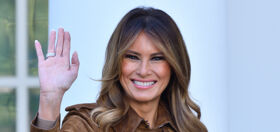


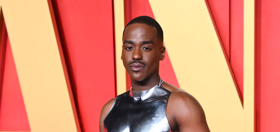

Kangol2
Landmark film, and the two men pictured above, the poet and editor Essex Hemphill (on the right) and director Marlon Riggs (on the left), were cultural pioneers and should never be forgotten!
Neoprene
As a gay black man who saw this documentary, I can tell you it’s crap and this review is delusional. Why do white people insist on portraying black people as perennial victims?
Kangol2
You’re off your rocker. The documentary is by MARLON RIGGS, not a White person. I don’t even think you’re Black if you can’t grasp that. Second, the documentary dates from 1989, during some of the worst early years of the AIDS pandemic, and details Marlon Riggs’ experience. It is anything but crap, and he was one of the most important documentary filmmakers of Black gay life during that period.
You might not have lived during them but for those of us who did, we know that Riggs, Hemphill, and the other figures in the documentary were fighting not just against racism and homophobia but for their lives. Even your framing about “victimhood” is nonsensical. Stop the fakery and either get a grip or get help!
abfab
To toss, or not to toss? Our pearls before swine. That is the question.
I give you so much credit and some of us do enjoy the tid-bits of info you add when you try to educate.
I saw this in DC when it dropped, as they say . It was big. Thanks K2!
dbmcvey
Based on your comment you have not seen this movie.
SDR94103
gross
Kangol2
Mirror….
Mister P
We all knew you wouldn’t like it neon queen.
inbama
Lord, that was so long ago. I’m afraid the only thing I distinctly remember was learning what a “snap queen” was.
abfab
Right…….it was the Jolly Green Giant.! You have such a good memory.
dbmcvey
This is a great movie. Apparently the most famous quote for it won’t pass the mods here.